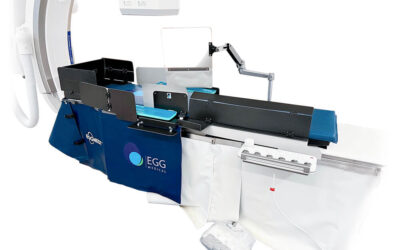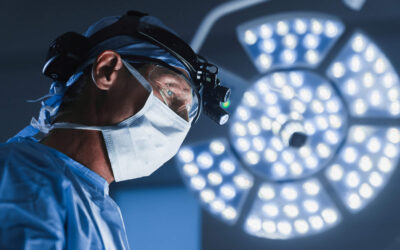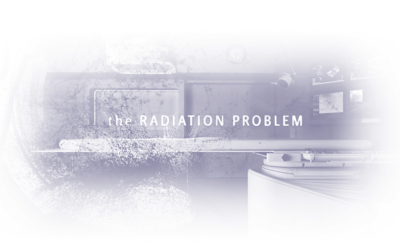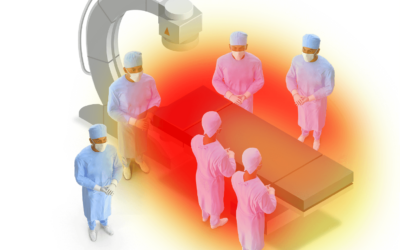EggBlog
EggNest™ 360: Nurses/Technicians
Calling all nurses, technicians, echo cardiographers, and anesthesiologists working in fluoroscopy-guided procedure...
EggNest: Protecting Everyone, In Every Case
“Saying you would not do everything possible to protect healthcare workers is nuts” – Mark Goodwin, MD. Are you a...
Occupational Risks of Cardiac Interventionists: Cataracts and Brain Malignancies
Cardiac interventionists and others who work in the catheterization lab face occupational risks caused by radiation...
Patient BMI and Scatter Radiation Dose
As the prevalence of obesity in the general population of the U.S. increases, we consistently observe a rise in...
Greater Radiation Risks in Women
Radiation exposure is a major concern for women considering a career in cardiology, as it has been consistently cited...
Steps You Can Take Today to Reduce Your Radiation Exposure
Radiation exposure is one of the most dangerous occupational hazards for cath lab workers, with interventional teams...
Are There Early Indicators of Excess Scatter Radiation Exposure?
You may not know that Interventional teams have some of the highest radiation exposure out of all other professions. ...
Scatter Matters: The Radiation Problem
Many interventional procedures in the cardiac catheterization laboratory use x-ray fluoroscopy, which requires the...
Reducing Radiation for Echocardiographers and Electrophysiologists
Behind the scenes of the field of Interventional Cardiology lies an often-overlooked danger: radiation exposure. While...
Anesthesiologists working in the cardiac catheterization laboratory are exposed to signifiantly more radiation
A personal dose meter placed on an anesthesia machine has been shown to receive 15 times the radiation compared to the...
Our Goal
Reduce the scatter radiation exposure of physicians, surgeons, nurses, technicians and others who use x-ray imaging to perform life-saving diagnostic and therapeutic procedures for patients. If you have suggestions for additions or improvements, feel free to reach out to us.










